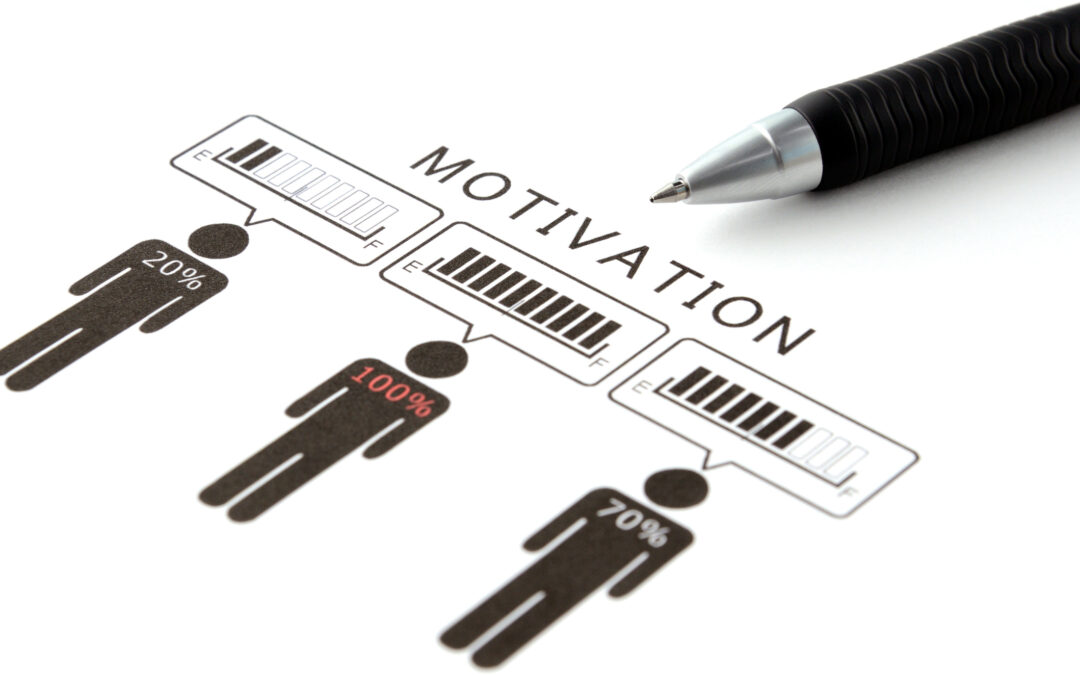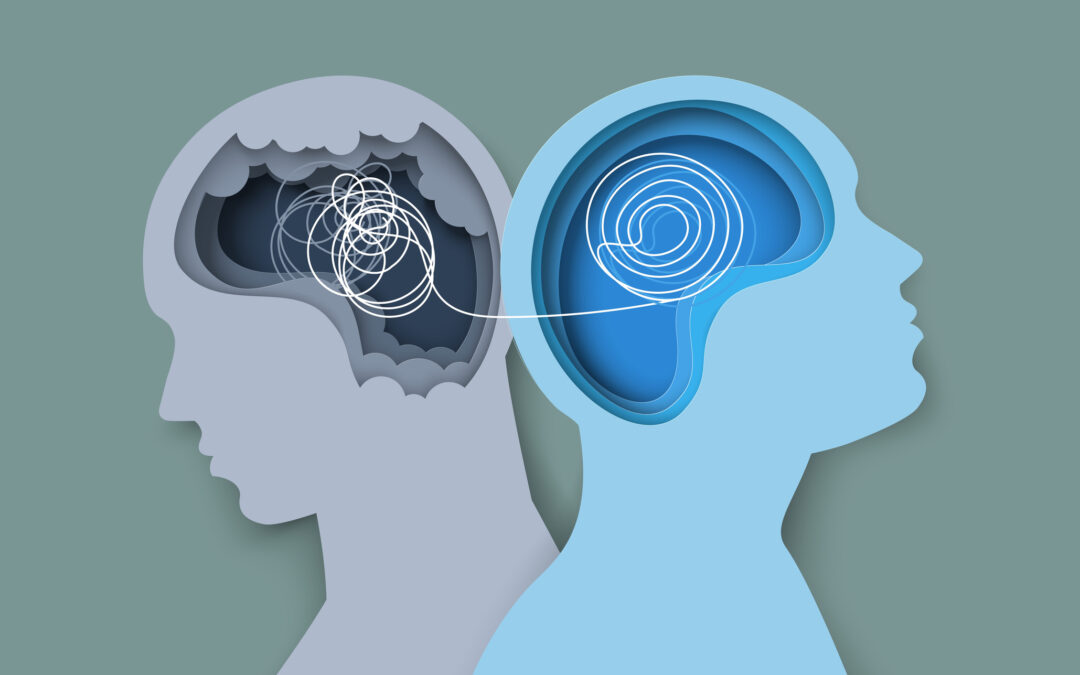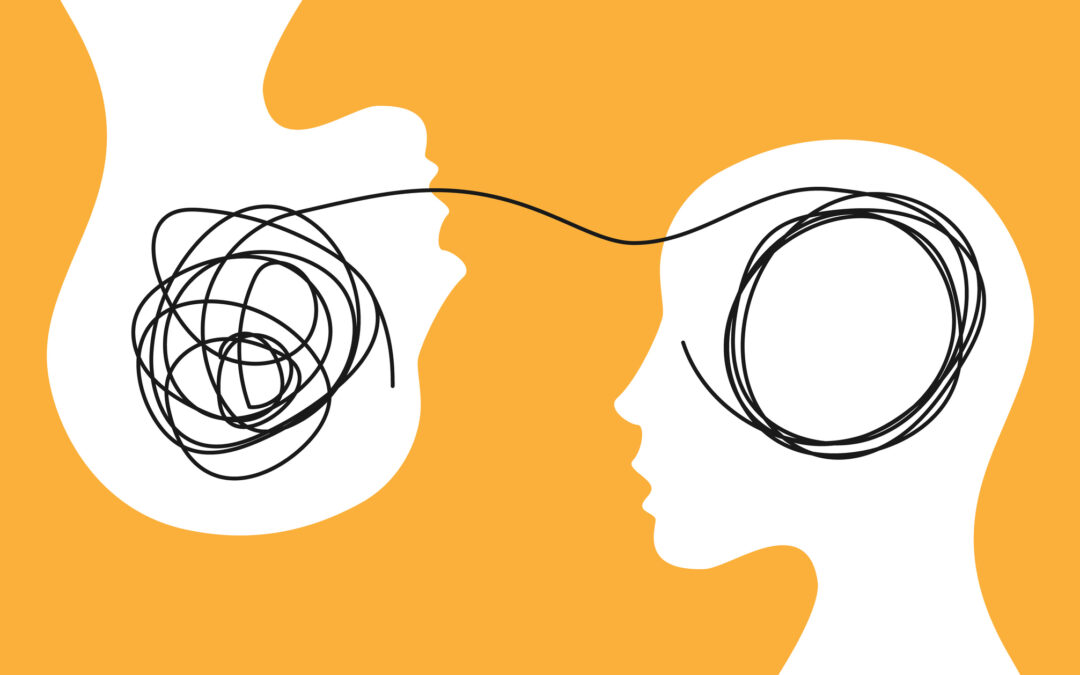Perfectionism is often celebrated in our society, but for many, it can become an overwhelming burden. When perfectionism takes over, it can lead to constant self-criticism, avoidance of challenges, and a deep fear of failure. Acceptance and Commitment Therapy (ACT)...

What Grief Really Looks Like (Hint: It’s Not Just Sadness)
When most people think of grief, they picture someone crying quietly, looking somber, maybe withdrawing from friends and family. While those things can be part of grief, the full picture is much more complex—and deeply personal.
The truth is: grief doesn’t follow a script. And it’s not limited to just feeling sad.
Grief Can Look Like…
-
Anger – at the world, at others, at the person who died, at yourself.
-
Forgetfulness – struggling to focus, zoning out mid-conversation, missing appointments.
-
Physical symptoms – fatigue, body aches, changes in appetite or sleep, even illness.
-
Numbness – feeling like you’re going through the motions but not really in your life.
-
Guilt – for not doing or saying something, for surviving, or for feeling anything but grief.
-
Anxiety – feeling unsafe in the world, fearing more loss, or feeling like you’re “going crazy.”
-
Laughter – yes, laughter. Grief is paradoxical. Moments of lightness or absurdity can still show up—and that doesn’t mean you’re doing it wrong.
Grief can also feel like love. As therapist and grief advocate Megan Devine writes, “Grief is part of love. When you lose someone you love, you don’t stop loving them. That ongoing love is expressed as grief.” Grief is the shape love takes when it’s left without a place to go. Devine challenges the idea that grief is something to “get over.” Instead, she explains: “Some things cannot be fixed. They can only be carried.” In other words, grief isn’t a problem to solve—it’s an experience to honor and tend to over time.
There’s No “Right” Way to Grieve
You might feel overwhelmed one day and strangely calm the next. You might be devastated at a song that reminds you of someone—and then forget for hours at a time that they’re gone. None of this makes you broken or bad at grief. It makes you human.
You might even grieve things that aren’t deaths: lost relationships, jobs, identities, health, safety, or imagined futures. These are often referred to as ambiguous losses, and they, too, deserve space.
Giving Grief Room to Breathe
One of the most powerful things you can do in grief is let yourself feel what you feel, without judgment. There’s no timeline, no checklist, and certainly no gold star for “moving on.”
Megan Devine reminds us: “Grief is simply love in its most wild and painful form.” If your grief feels messy, complicated, or unbearable—you’re not alone. And you don’t have to navigate it alone, either.
Therapy can be a place to honor your loss without trying to fix it. To carry what cannot be fixed with more support and less isolation.
You’re allowed to grieve in your own way.
If you’d like support in that process, we’re here to walk alongside you—no platitudes, no pressure, just presence.
Want to talk more? Reach out for a free consultation or learn about our individual therapy services.

Overcoming Perfectionism with Acceptance and Commitment Therapy (ACT)

Managing Depression alongside Chronic Illness
If you’re reading this, chances are you or someone you care about is dealing with the challenges of chronic illness or disability, which can often trigger feelings of depression. Today, we’re going to dive into some strategies for navigating this journey with...

Mindfulness Mastery: Your Ultimate Weapon Against Depression
Depression can feel like a heavy cloud hanging over your life, making it difficult to find joy or motivation. While therapy and medication are valuable tools in treating depression, incorporating mindfulness skills into your daily routine can offer additional support...

How to Help a Loved One Process a Miscarriage
Experiencing a miscarriage can be an incredibly challenging and emotionally overwhelming time for individuals and couples. In this blog post, I will outline four ways you might help someone process their miscarriage. Remember, every person's experience is unique, so...

Seasonal Depression and The PNW Rainy Season
What is SAD? Seasonal Affective Disorder (SAD), often called seasonal depression, is estimated to affect roughly 5% of the population at any given time. Although it can occur with any seasonal change, the predominant timeframe is depressive symptoms starting with a...











